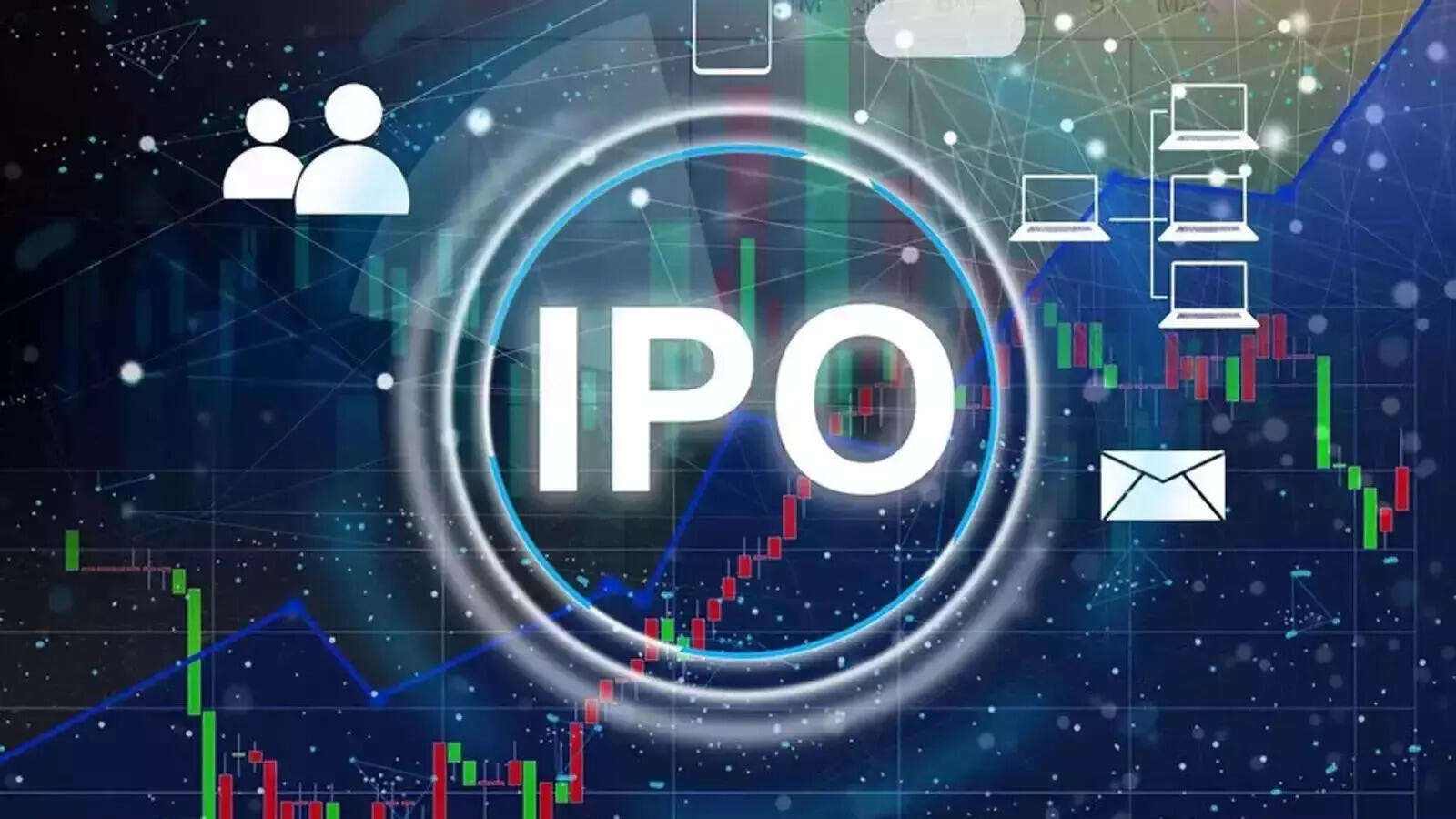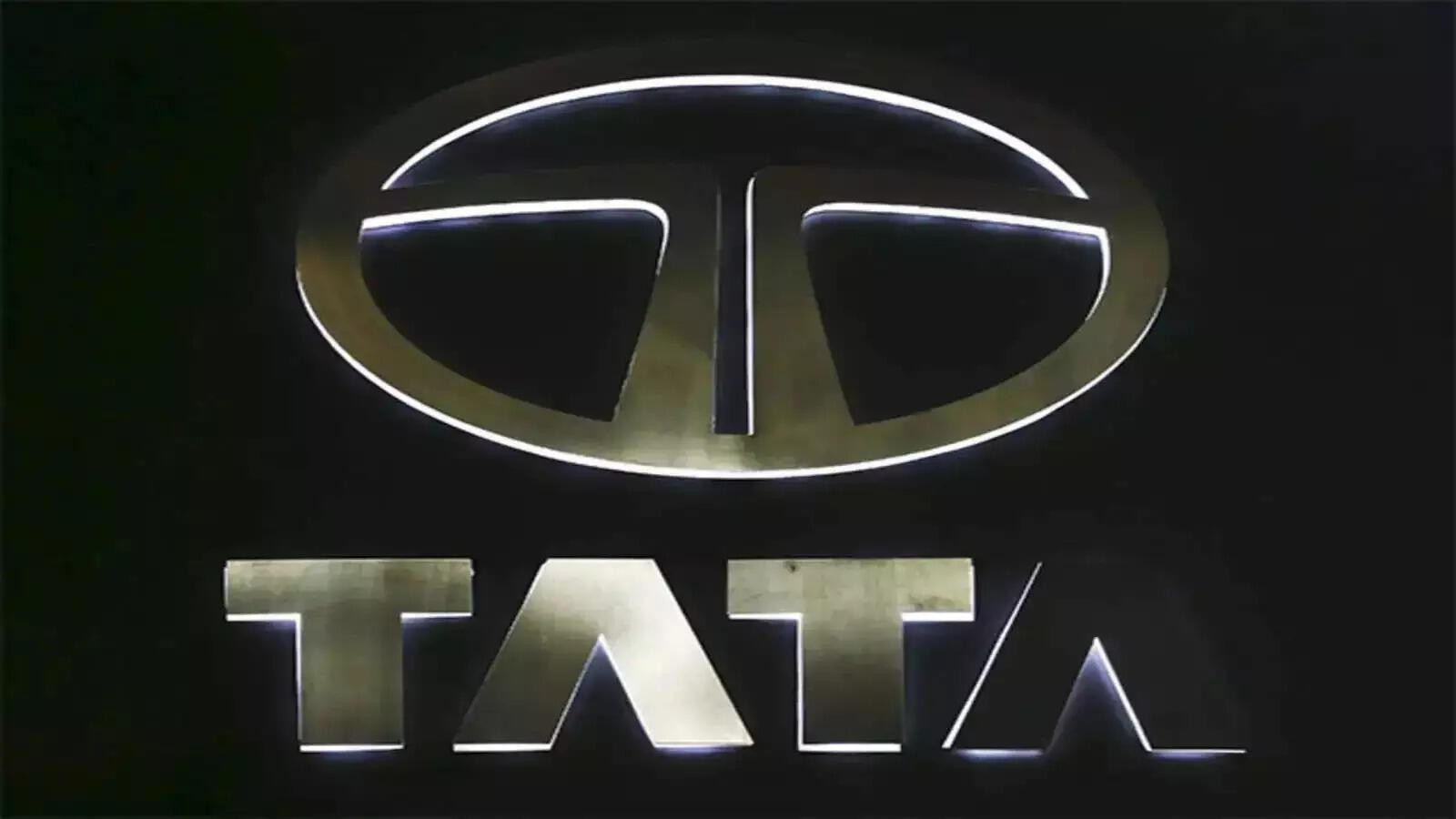UBS has revised India’s FY26 GDP growth forecast upwards to 6.4% from 6%, citing resilient domestic demand and potential trade benefits. This adjustment considers factors like eased tariffs on Chinese imports and a possible US-India trade deal. While anticipating robust household consumption, UBS foresees a slight slowdown in capital expenditure due to global uncertainties.
India’s Economy: Buckle Up, Because UBS Just Gave it a Growth Spurt Prediction!
Okay, let’s talk numbers, but not the kind that make your eyes glaze over. We’re talking about the pulse of India, measured in GDP growth, and apparently, that pulse is getting stronger. UBS, that giant of the financial world, just released a revised forecast for India’s FY26 GDP growth, and it’s bumped up to a healthy 6.4%. That’s a noticeable jump from their earlier prediction, and it begs the question: what’s fueling this economic optimism?
The short answer? You and me, and pretty much everyone else living and spending within India’s borders. UBS points directly at robust domestic demand as the primary driver. Forget trade tensions, forget global headwinds (for the moment, at least). It’s the sheer force of Indian consumers, companies investing, and the government spending strategically that’s painting this brighter picture.
Think about it. You see new restaurants popping up, shops buzzing with activity, and construction cranes dotting the skyline in every major city. That’s not just happenstance; that’s money circulating, people working, and an economy steadily humming along. It’s about more than just a feel-good factor; it’s about cold, hard data reflecting a vibrant marketplace.
Now, a growth forecast isn’t a guarantee etched in stone. It’s a carefully considered prediction, a best-guess scenario based on current indicators and anticipated trends. And UBS, like any reputable financial institution, has a pretty sophisticated toolkit for making these predictions. They’ve likely crunched numbers on everything from consumer spending habits and manufacturing output to inflation rates and government policies.
So, what are the specific ingredients in this economic recipe that UBS is so bullish on? Firstly, the aforementioned domestic demand is key. It’s the engine powering the entire machine. This demand isn’t just about buying shiny new gadgets; it’s also about investing in infrastructure, education, and healthcare – all crucial elements for long-term, sustainable growth.
Secondly, and this is arguably just as important, India’s demographic dividend is finally starting to pay off. We have a massive working-age population, a significant portion of whom are increasingly skilled and educated. This translates into a larger pool of potential workers, entrepreneurs, and innovators, all contributing to the economy in their own unique ways. They’re the builders, the creators, and the consumers of tomorrow.
Thirdly, and perhaps understatedly, is the government’s push towards infrastructure development. From sprawling highway networks to improved port connectivity, these projects are not just about making life easier; they’re about unlocking economic potential. Better infrastructure reduces logistical bottlenecks, attracts foreign investment, and creates jobs – a virtuous cycle that fuels further growth.
Of course, no economic forecast is without its caveats. UBS acknowledges that global uncertainties, particularly the ongoing trade tensions, could still pose a challenge. While domestic demand is strong, India isn’t entirely insulated from the global economy. A significant downturn in global trade could eventually trickle down, impacting Indian exports and investment.
Furthermore, managing inflation remains a critical task for the Reserve Bank of India (RBI). Keeping prices in check is essential for maintaining consumer confidence and ensuring that economic growth doesn’t come at the expense of affordability. The RBI has been proactive in its monetary policy, but the battle against inflation is an ongoing one.
What does this all mean for the average person? Well, in theory, higher GDP growth should translate into more job opportunities, higher incomes, and a better overall standard of living. It means businesses are more likely to invest, expand, and hire, creating a positive ripple effect throughout the economy.
But, and it’s a significant “but,” translating economic growth into tangible benefits for everyone remains a challenge. Ensuring that the benefits of growth are shared more equitably, addressing issues of inequality, and creating opportunities for marginalized communities are crucial for making the Indian growth story truly inclusive.
In conclusion, UBS’s revised forecast is a positive sign for the Indian economy. It suggests that despite global headwinds, India’s strong domestic demand and favorable demographics are positioning it for sustained growth. However, it’s crucial to remember that forecasts are just that – forecasts. The real challenge lies in translating this potential into tangible benefits for all Indians and ensuring that the growth story is one of shared prosperity. It’s a complex equation, but one worth striving for.
📬 Stay informed — follow us for more insightful updates!







